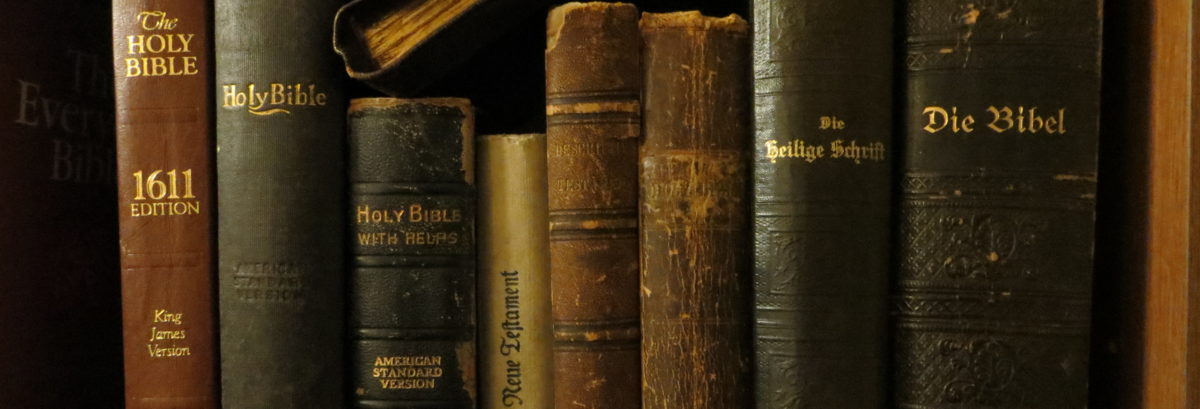You might answer, “Yes, Rich, certainly I know what year this is. It’s 2025! Duh!” 
To which I reply, “But what does that number mean? 2025 years since when or what? Does that number mean anything, or is it just a random number generated by chance just so we can have an agreed upon number to record our history?”
- To which an atheist historian might reply, “Yes. It’s just a commonly agreed upon number, which is why we call it 2025 CE, the ‘Common Era’. It’s the number most of the world uses. That’s all.”
- But then, a Hebrew scholar retorts, “Actually, we’re in the year 5785, counting since the world began. This year began on Rosh Hashanah (literally, “Head of the Year”) on October 2, 2024.
- “You want to count since the world began?” asks James Ussher (1581 – 1656), Archbishop of Ireland. “I calculated that the world was created on Sunday evening, October 23, 4004 B.C. Therefore, the current year is 6028.”
- Then the ancient historians speak up, saying most of those years mean nothing. What matters was the founding of Rome in 753 BC (we’ll get to BC in a moment!). Everything should be dated from then, what we call AUC (not AOC). AUC stands for Ab Urbe Condita, “From the Founding of the City.”
- “Why is Rome so important?” asks the Muslim world. “We date years from when Mohammad made his departure from Mecca to Medina in 622 (the Hijra). Thus we are in the year 1446 – 1447 AH (Anno Hegirae).*
- “That’s ancient history,” say the Taiwanese. “On January 29 (Chinese New Year), we will begin the year 114, signifying the 114th year since the founding of the Republic of China in Nanjing, China.”
- The rest of China doesn’t agree with Taiwan. They either use the 2025 date or use traditional dates based on ancient dynasties. The earliest date is based on the reign of the earliest emperor, making this the year 4722.
- For example, we know the years of Caesar Augustus, who ordered the census which forced Joseph and the expectant Mary to travel to Bethlehem (Luke 2:1).
- We also know the dates of Quirinius, who was governor of Syria at the time of the census (Luke 2:2).
- Then there was King Herod, who murdered the baby boys in Bethlehem in an attempt to prevent the one born “king of the Jews” from becoming his rival, was alive when Jesus was born (Matthew 2:1-12).
- We know Herod died at least two years later (in 4 BC according to Josephus), which allowed Jesus, Mary, and Joseph to return from Egypt to Galilee (Matthew 2:19-23).
- We are told in Luke 3:23 that Jesus began his ministry at about the age of 30, and from various clues in the Gospels (and the secular records of Pontius Pilate being governor of Judea), we believe that Jesus had a three year ministry.
- So, putting the evidence together, we believe Jesus’ earthly life was from approximately 5 BC to 30 AD. (Give or take a few years).
We owe the determination of the AD/BC demarcation to a sixth-century monk named Dionysius Exiguus, who first calculated the year of Jesus’ birth. Unfortunately, he miscounted, leaving us forever with our current numbering system.
For many centuries, the Christian Church and the Christian countries all used what is known as the Julian Calendar. This calendar was instituted by Julius Caesar (Who named the month “July” after himself). But the mis-calculation of the actual length of the year, caused the calendar to fall behind, and important church and seasonal dates to change over the years. Therefore a new calendar system was instituted in 1582 by Pope Gregory XIII, known, not surprisingly, as the Gregorian Calendar. When this was initiated, 10 days were added to the calendar to make up the days lost by the Julian Calendar. The Gregorian is the current calendar for most of the world, except for the Eastern Orthodox churches, which still use the Julian.
